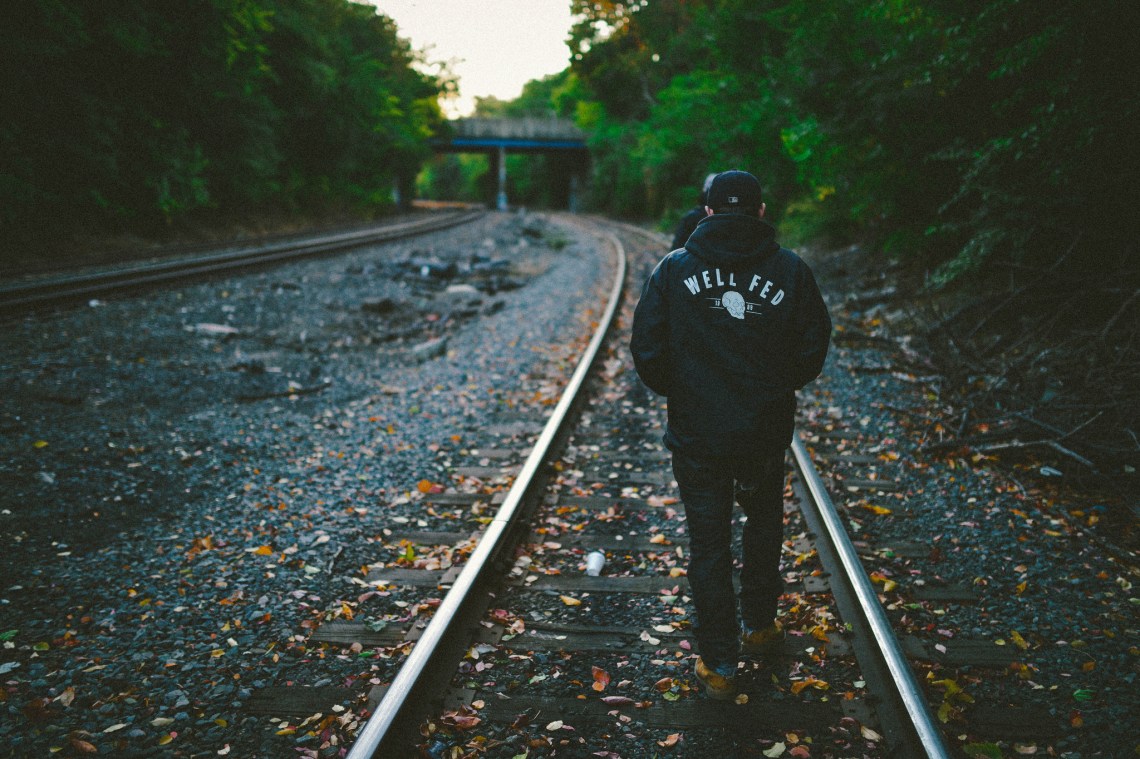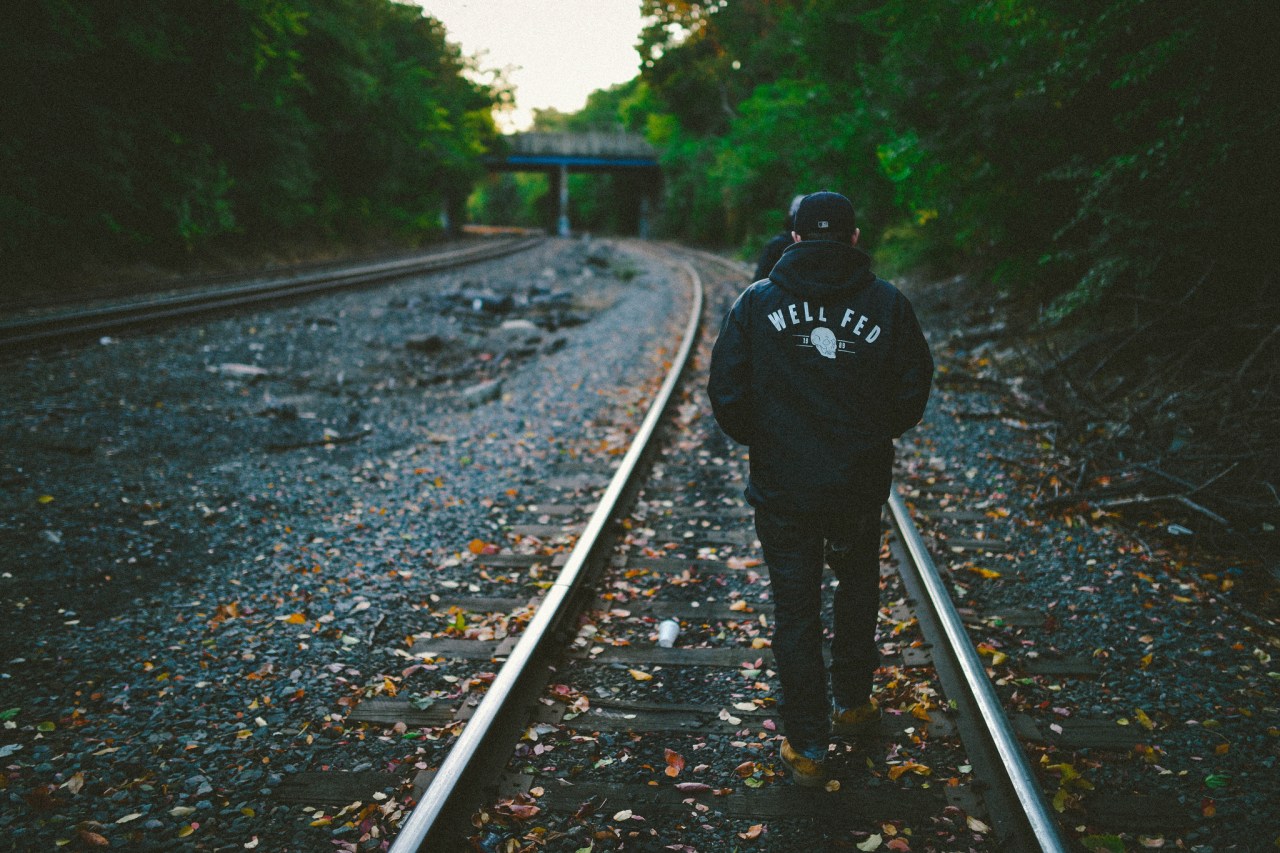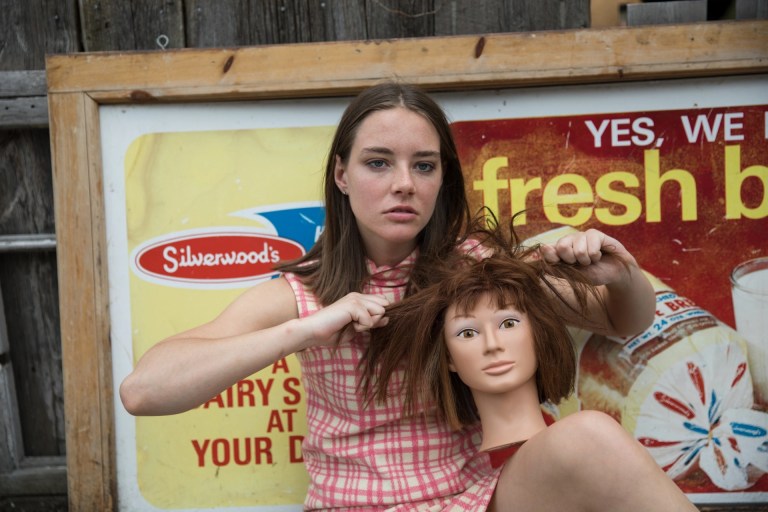The Value Of Walking
The beauty of that is that when you are alone, you feel the exact opposite. The world moves around you, and you get to see its workings without anyone else blocking the view. It’s almost like you’ve snuck into the backroom of some grand theatre to watch a rehearsal.

If you were minded to, you could open up a new tab right now and type ‘exercise tips’ into the search bar and you’d be met with myriad lists and guides detailing how to improve your fitness with minimum effort. You might be advised to do a series of stretches a few times a day, build yourself a cost-effective home gym or simply pour so much creatine solution down your gizzard that you end up turning into some sort of mountain troll.
My solution to the ‘lack of exercise’ issue might not be as inherently exciting or life changing, but you’d be amazed how much good it can really do. Simply put: walk. Walk everywhere. Got an appointment somewhere relatively nearby? Walk. Visiting a friend across town? Walk. Slow weekend with not a lot to do? Go for a walk. It might not seem like the most elegant remedy, seeing as we walk every day whether we want to or not (at least until hover-chairs arrive and we inch perilously closer to the future that Wall-E predicted) but rarely do we do it for its own sake. It’s a shame that more of us don’t. If you ask me, it’s a far better way to revel in our evolutionary legacy than shooting things or going around giving the thumbs-up signal to everyone.
It’s not a sport, it doesn’t adhere to rules, and when you walk with no particular destination in mind, it gives you an awareness and appreciation of things you might have otherwise overlooked. I come from a rural background; I grew up in a small village in Bedfordshire, a county in the UK that is almost entirely quilted with farmland. It was remote and offered very little in the way of things to do. Being that my family has also always owned dogs, I got used to going for walks from a very young age and it carried over into my everyday life after I left.
I just never saw the point in getting the bus, if I could reach a destination on foot in under an hour and had the time to, I walked. While I was at university I walked when I needed to clear my head if my workload was getting to be a problem or even if I was having relationship troubles. On one occasion I had a sleepless night, so I got up at around 4:30 and walked to a nearby beauty spot so I could watch the sunrise. When you remove the urgency from the act of traveling, you appreciate it all the more.
It’s amazing how much more detail you pick out when you walk. There’s a route I take when I’m at home, just a footpath through some fields, but I’ve seen some fairly amazing things there. Once I was there around dusk on a summer evening and I reached just the right point at just the right time to see a flock of swifts erupt out of a nearby nesting site to start their evening hunt. There’s an airfield nearby, and more than once I’ve been treated to a free aerobatics display. It might seem like those kinds of experiences are exclusive to wilder, greener environments, but walking in cities and towns is as, if not sometimes more, interesting.
Ever played any of the Grand Theft Auto games? As they’ve progressed, the environments you are unleashed upon have steadily gained size and variety. The best way to get around them tends to be to drive, as the title suggests, and failing that, you can take trains, taxis or sprint until you run out of puff. As it turns out, you get a much more complete sense of the game world if you hoof it. A series of videos that surfaced online not long after the release of GTA V showed that if you’re patient, and walk around the city at a leisurely pace, the craftsmanship and detail that went into building it become abundantly clearer.
If you take the time to stroll around a city, perhaps veering off the beaten path, you’re likely to happen upon markets, find beautiful old buildings nestled amongst the new ones and generally observe the human condition. Obviously though, exercise caution. It’s perhaps not surprising that many of the great writers and philosophers, like Jack Kerouac, Robert Louis Stevenson, Immanuel Kant, Frederiche Nietzche, William Wordsworth and Jean-Jacques Rousseau were all pretty serious walkers. Modern day counterparts like Iain Sinclair and Haruki Murakami also swear by it. It’s understandable, absorbing the world around you is stimulating enough, but taking a quiet stroll through your subconscious, perhaps using some moorlands footpath as a proxy is an enormously effective means of encouraging creative thought.
Perhaps most obviously, it’s good for you. According to various health information sources, walking 10,000 steps a day qualifies as good exercise. It takes around 10 minutes to cover 1000 steps, depending on pace, so if you can manage an hour-plus walk every day, all the other walking you’re doing in everyday life should easily help you hit that figure. Contrary to popular belief, things that help you get fit don’t necessarily also have to wear you out, wind you or dislocate your elbow because you used too much weight and thought a spotter was a type of aquatic mammal.
Personally, the real sticking point for me is the silence of it, the solitude. As much as I tend to be a fairly gregarious person, I have a deeply rooted appreciation for being alone, mostly because it’s such a rare thing in day-to-day life. Even when you’re asleep, you’re probably mere yards from another person. One of the other old routes I take at home leads into some private land peppered with old, disused WWII-era buildings, like a pillbox and a pathfinder control tower. It all has a lovely, post-apocalyptic feel to it, but more importantly, when you reach the mid-point of the route you are more than a mile from another human being. The beauty of it is that when you are alone, you feel the exact opposite. The world moves around you, and you get to see its workings without anyone else blocking the view. It’s almost like you’ve snuck into the backroom of some grand theatre to watch a rehearsal. You set your own pace, make your own rules and shrug off any concerns that come when you know that people are watching you. You kind of end up observing yourself.
In recent years there’s been kind of a cultural obsession with end-of-the-world iconography. Novels like The Road, games like The Last of Us and films like 28 Days Later have delighted in giving us a haunting insight into a world devoid of human activity. I think there’s an inherent need in everyone to just walk alone from time to time, to disengage that part of your brain that equips you to deal with the people around you. As much as love and friendship are important, you’re allowed to give them a back seat from time to time. Places that people have already left behind are interesting to explore for this very reason, they create a fascinating contrast, what should be bustling is empty, what should be pristine is crumbling and overgrown with ivy. There are whole online communities of people who seek out abandoned places just to be able to explore them, something I very much advise trying. If you’re in the US, go to forbidden-places.net and if you’re in the UK check out 28dayslater.co.uk for comprehensive guides on places to explore—they are photographed, mapped and rated in terms of ease of access, legality and safety.
Even if that doesn’t appeal to you, I would really recommend upping your walking quota. Even if it’s just taking a longer route home, forgoing the bus or something as simple as going somewhere different for lunch, try it. It doesn’t have to be aimless rambling, but if you can take Google maps out of the equation, even better. There’s a lot of world out there, and a lot of steps to take. ![]()





